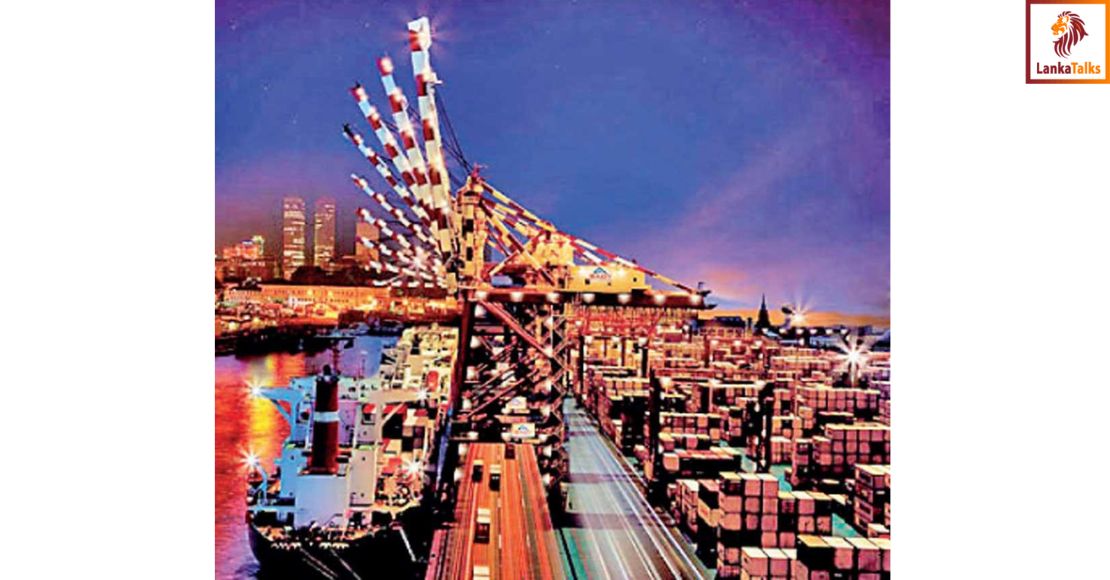The Port of Colombo began 2025 on a shaky start as transshipment container volumes declined amidst persistent congestion, marking a contrast to the robust growth experienced in the first and latter parts of 2024.
The port, a critical transshipment hub in South Asia, faced operational bottlenecks, primarily driven by heightened Sri Lanka Customs inspections.
Transshipment volumes, which typically account for 90 percent of the port’s total container throughput, declined by 6.5 percent year-on-year (YoY) to 525,768 TEUs in January 2025. This decline is particularly notable given the strong performance in early and late 2024, when the port benefited significantly from diversions caused by disruptions in the Red Sea. The initial congestion was driven by increased traffic from the Red Sea Crisis. This was exacerbated by an increase in Sri Lanka Customs inspections later last year, ultimately slowing operations and impacting the port’s efficiency.
The Port of Colombo handled a total of 657,728 TEUs in January 2025, marking a 4.8 percent YoY decline compared to the same period last year.
The Colombo International Container Terminal (CICT), the port’s only fully operational deep container terminal, saw a 10.9 percent YoY decline in containerized handling, processing 272,217 TEUs in January 2025. Similarly, the SLPA-run Jaya Container Terminal (JCT) and the partially operational East Container Terminal (ECT) handled 204,095 TEUs, recording a 13.7 percent YoY decline.
In contrast, the South Asia Gateway Terminal (SAGT) bucked the trend with a 21.6 percent YoY increase in containerised cargo handling, reaching 181,416 TEUs.
The first phase of the West Container Terminal (WCT) is expected to become operational shortly, while the East Container Terminal (ECT) is scheduled to be fully operational by the end of 2025. These capacity expansions are anticipated to significantly reduce congestion and enhance the port’s ability to handle larger volumes of cargo in the second half of this year. Additionally, the government has allocated Rs. 2.5 billion in the budget to implement both short and long-term measures aimed at improving the port’s efficiency. These investments are expected to bolster the port’s competitiveness and restore its position as a leading transshipment hub in the region.
Despite operational challenges, the Port of Colombo welcomed 352 ships in January 2025, a slight increase of 0.6 percent compared to the same period last year. Container ship arrivals remained stable at 317, while other cargo ships and ships for repairs saw increases of 5 percent YoY and 20 percent YoY, respectively.
However, ships for bunkering declined by 50 percent YoY, reflecting changes in fuel demand and shipping patterns.
The port saw a significant increase in domestic cargo handling, particularly in containerised imports, which surged by 37.1 percent YoY to 879,771 tonnes.
The total cargo handled at the Port of Colombo in January 2025 reached 9,569,992 tonnes, a 2.7 percent YoY decline compared to January 2024. While containerised cargo saw a slight dip of 3.1 percent, break bulk cargo experienced a notable 46.3 percent YoY increase, driven by higher volumes of iron and steel imports. Liquid bulk cargo also grew by 18.2 percent YoY, primarily due to increased volumes of crude oil and white oil.
On the other hand, dry bulk cargo handling plummeted by 50.9 percent YoY, reflecting a sharp decline in the import of commodities such as cement and wheat.
Source: Daily Mirror
You Must be Registered Or Logged in To Comment Log In?



 Mifra
Mifra



